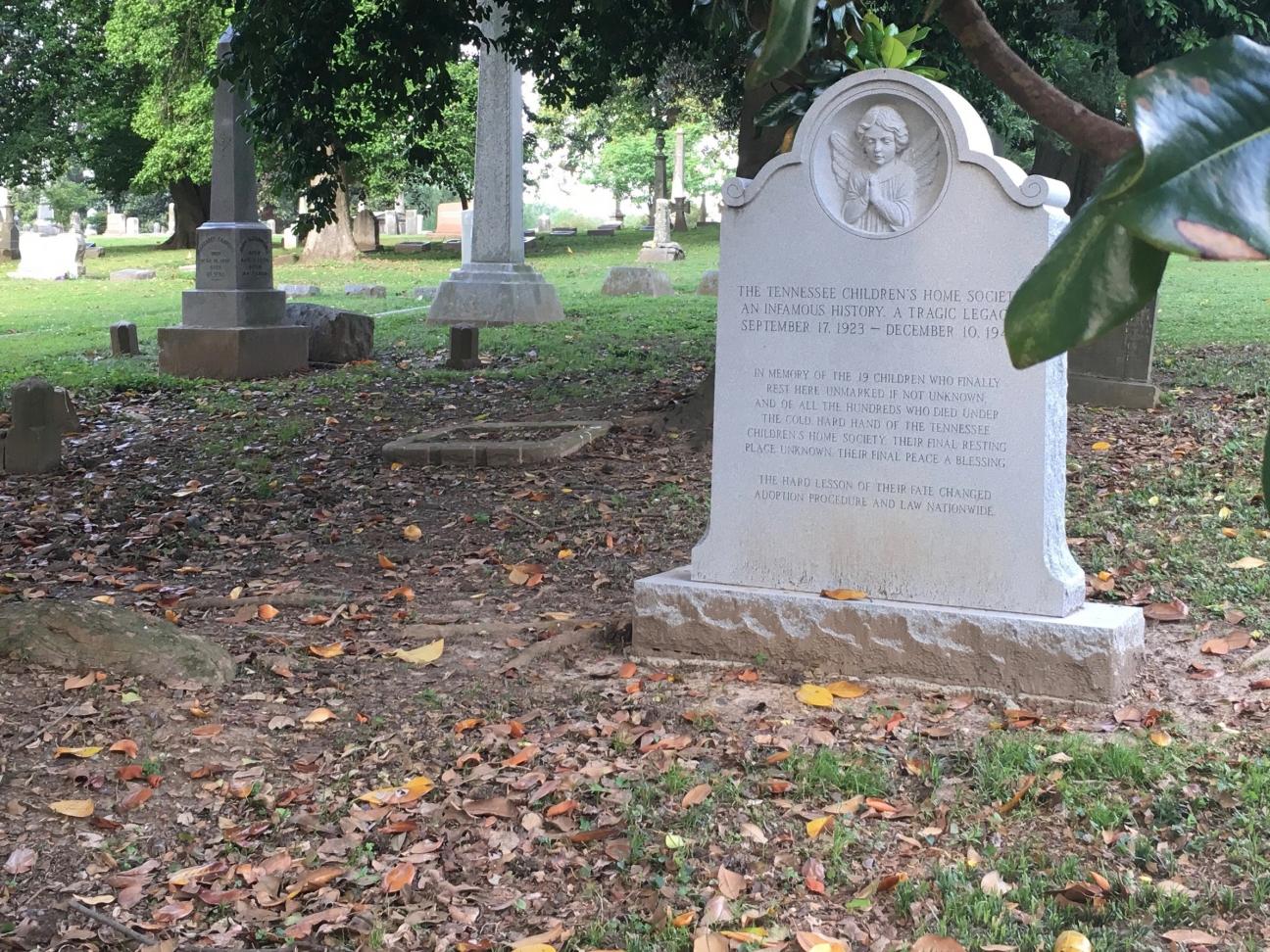
Leading a book club? Check out our book club kit for Before We Were Yours. This kit includes 10 regular print books, 1 Large Print book, one audio book, and a discussion guide.
Only need one or two copies? Before We Were Yours is available both in ebook and print formats.
Before We Were Yours by Lisa Wingate
Two families, generations apart, are forever changed by a heartbreaking injustice in
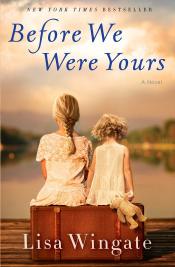
“Tennessee Children's Home Society was an orphanage that operated in the state of Tennessee during the first half of the twentieth century. It is most often associated with its Memphis branch operator, Georgia Tann, as an organization involved in the kidnapping of children and their illegal adoptions. Tann died in 1950 before the state of Tennessee could release its findings on her activities. A story reported by 60 Minutes in 1991 renewed interest in Tann's black market adoptions in collaboration with Shelby County Juvenile Court Judge Camille Kelley.
The Tennessee Children's Home Society was chartered as a non-profit corporation in 1897. In 1913, the Secretary of State granted the society a second charter. The Society received community support from organizations that supported its mission of placing orphaned and unwanted children in the homes of those seeking to adopt. Tann's place in Memphis society and her connections throughout the community helped her build a strong network of supporters, including Tennessee legislators, socially prominent families and Camille Kelley, the Shelby County Family Court Judge through which many of the Society's adoptions were finalized.
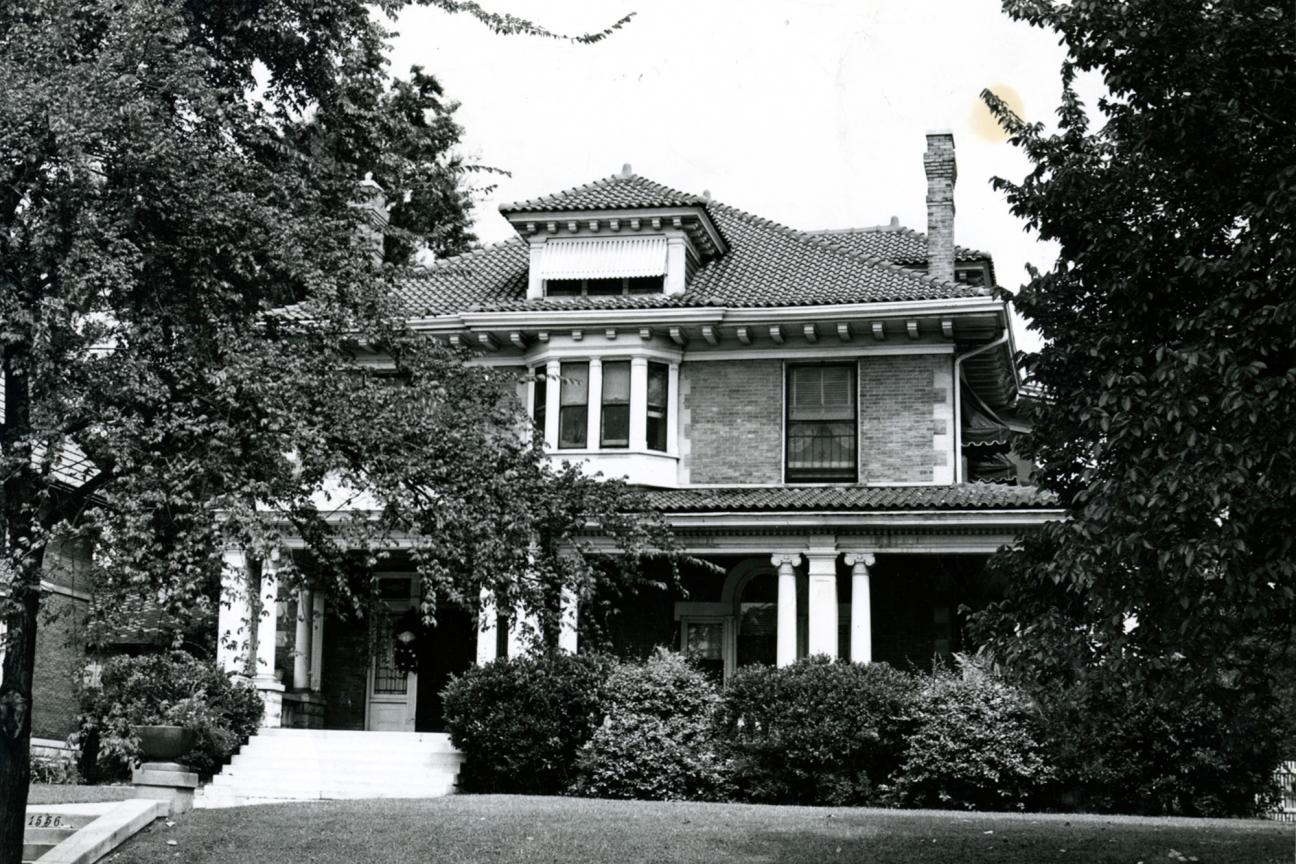
Photo taken from Insider.com and credited to the Benjamin Hooks Library Archives
In 1941 the Society lost its endorsement from the Child Welfare League of America when it was discovered that Tann's organization routinely destroyed most of the paperwork associated with its child placements. Tann argued that since Tennessee adoptions were shielded by privacy laws, the Society was not in violation of any practice. Still, the Society remained unlicensed under Tennessee law, the Board claiming that the Society received its mandate directly from the Tennessee State Legislature.
Tann lived well – the Society covered her living expenses. However, the public thought it odd that the head of a charitable organization that could barely balance its books was chauffeured about in expensive Packard limousines.
Throughout the 1940s, questions began to build about the operation of the Society and its closed Board of Trustees. By 1950, families that had used the Society to adopt children, along with those who had lost their children while in the Society's temporary custody, finally gained the attention of state authorities, who placed the operation under investigation.
The Georgia Tann/Tennessee Children's Home Society scandal resulted in adoption reform laws in Tennessee in 1951. Adults who come forward with evidence that Tann handled the adoption have open access to records that may have involved their adoptions.
The Tennessee Children's Home Society was closed in 1950 and is not to be confused with the modern-day ministry known as Tennessee Children's Home, which is accredited by the state of Tennessee. The Tennessee Children's Home has no legacy connection with Georgia Tann nor the Society she operated.
In 1991, 60 Minutes reported on the scandal, and the efforts of both adoptees to find their birth parents and birth parents seeking their now grown children. The report also reinvigorated the efforts to open adoption records by both birth mothers and adoptees. Over several decades, nineteen of the children who died at the Tennessee Children's Home Society under the care of Georgia Tann were buried in a 14x13 lot at the historic Elmwood Cemetery (Memphis, Tennessee) with no headstones. Tann bought the lot sometime before 1923 and recorded the children there by their first names, "Baby Estelle," "Baby Joseph" and so on. In 2015, the cemetery raised $13,000 to erect a monument to their memory. It reads, in part, "In memory of the 19 children who finally rest here unmarked if not unknown, and of all the hundreds who died under the cold, hard hand of the Tennessee Children's Home Society. Their final resting place unknown. Their final peace a blessing. The hard lesson of their fate changed adoption procedure and law nationwide."
Photo by Colonelinfo at English Wikipedia, CC BY-SA 4.0
1. Before We Were Yours alternates between the historical story of the Foss Children and the modern-day story of Avery Stafford. Did you have a favorite between these story lines? Which one and why?
2. Many families have been touched in some way by adoption and foster care. Is adoption or foster care in your family history? If so, how did that affect your thoughts about the journey of the Foss children an about Avery’s excavation of her family history?
3. When the sisters were originally reunited, they decided to keep their history to themselves rather than telling their families. Do you agree or disagree with this decision? What do you think the implications would have been if they had gone public? Do you think family secrets should remain secret, particularly after the people who kept those secrets have passed away? Or do family secrets belong to the next generation, as well? Have you ever discovered a secret in your family history? If so, what was it (if you care to share it, that is)?
4. “There was a little girl who had a little curl” is a touchstone between Avery and her Grandma Judy. Is there a song or saying that reminds you of someone special in your childhood? Where does your mind travel when you hear it or repeat it?
5. Avery laments that the busy schedule expected of a Stafford has prevented her from spending time on Edisto Island with her sisters or Elliot. “Who chooses the schedules we keep? We do, I guess,” she tells herself but excuses this with, “the good life demands a lot of maintenance.” In our modern age are we too busy? Too preoccupied with accumulating things to actually enjoy what we have? Too dialed into media and social media? What are your thoughts on this? What would you like to change about your own schedule? Anything? What might you gain if you did?
6. While Rill sees her life on the Arcadia through the idyllic eyes of childhood, May in her old age seems to acknowledge that she wouldn’t have traded the life she lived for a different one. Do you think she wonders whether Queenie and Briny’s unconventional existence on the Arcadia could would have been sustainable as times changed or more children were added to the family? Were Queenie and Briny responsible or careless in their choices?
7. May says, “A woman’s past need not predict her future. She can dance to her own music if she chooses.” How has your past made you who you are? What do you want to leave behind? Anything? What is the true “music” of your own soul? Are you in step with it or out of step? What helps you hear your own music and find balance in your life?
8. When fear of being caught threatens to prevent her from escaping Miss Murphy’s house, Rill tells herself, “I shush my mind because your mind can ruin you if you let it.” Does your mind ever ruin you? In what way? On what issues? May comments, “We’re always trying to persuade ourselves of things.” Are women particularly guilty of this? What do we tell ourselves that we shouldn’t?
9. Child trafficking, abuse, and economic disadvantage still imperil the lives and futures of children today. What can we as ordinary citizens do to prevent children from being robbed of safe, happy childhoods? What can society do to prevent people like Georgia Tann from taking advantage of the most helpless and vulnerable among us?
10. Did you search for more information about Georgia Tann and the Tennessee Children’s Home Society after reading Before We Were Yours? What did you learn? Based on what you learned, what do you think motivated Georgia Tann? Why were so many people willing to be complicit in her schemes when they knew children were suffering? Was Georgia’s network a creature of the political corruption and societal attitudes of its time or could something like this happen today?
11. Avery feels the pressure of being in a high-profile political family. Do you famous families are held to a higher standard than others? Should they be? Has this changed in recent years or is it just harder to keep secrets in today’s media-crazed world?
12. How did Avery grow as a result of her discoveries about the family’s past? How did it change her view of herself and her family’s expectations for her? Did your family have expectations for you that you didn’t agree with? Who in Avery’s family might struggle most to accept her decision to change her life plans?
13. Do you think there will be a happily-ever-after ending for Avery and Trent? In your view, what might that look like?
14. How would you describe Rill as she struggles through the abduction, the orphanage, and her decision to return to her adoptive family? Did you admire her? What changes did you see in her as a result of the experience? How is she different when she gets to the Sevier’s house?
15. Avery struggles to come to terms with Grandma Judy’s dementia. Her family wrestles with difficult choices about Grandma Judy’s care. Has memory loss and elder care affected your family? In what way? What issues did it cause and how did you deal with them? Have you imagined what it would be like to be a victim of memory loss?
16. The Seviers seem to have adopted the Foss girls with good intentions. Do you think they were aware of or at all suspicious of Georgia Tann’s methods? Should they have been?
17. What symbolism do you see in the picture of the sisters on the wall? How do you think the sisters felt during their Sisters Days? Do you have sisters you are close to or sister-friends you spend time with? What does that bond mean to you?
18. Did you wish all seven of the Foss siblings could have found one another in the end? In your opinion, would that have been realistic or unrealistic? Why do you think the author chose not to bring all of the siblings back together?
19. This novel has garnered worldwide interest in the publishing industry and is being translated for publication in at least fourteen countries. Why do you think the story drew international attention? What themes in it are universal?
20. Was the cover a factor in your book club’s decision to read Before We Were Yours? What reaction did you have to the cover and title?
21. Will you be passing the book on to someone else? Will it remain on your bookshelf? Will you give a copy to someone you know?
Further Reading
If you liked Before We Were Yours, check out:
Orphan Train by Christina Baker Kline
Nearly eighteen, Molly Ayer knows she has one last chance. Just months from
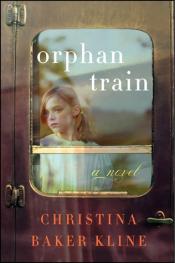
Vivian Daly has lived a quiet life on the coast of Maine. But in her attic, hidden in trunks, are vestiges of a turbulent past. As she helps Vivian sort through her possessions and memories, Molly discovers that she and Vivian aren't as different as they seem to be. A young Irish immigrant orphaned in New York City, Vivian was put on a train to the Midwest with hundreds of other children whose destinies would be determined by luck and chance.
The closer Molly grows to Vivian, the more she discovers parallels to her own life. A Penobscot Indian, she, too, is an outsider being raised by strangers, and she, too, has unanswered questions about the past. As her emotional barriers begin to crumble, Molly discovers that she has the power to help Vivian find answers to mysteries that have haunted her for her entire life - answers that will ultimately free them both.
Rich in detail and epic in scope, Orphan Train is a powerful novel of upheaval and resilience, of second chances, of unexpected friendship, and of the secrets we carry that keep us from finding out who we are.
We Were the Lucky Ones by Georgia Hunter
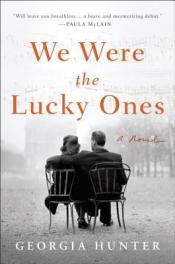
As one sibling is forced into exile, another attempts to flee the continent, while others struggle to escape certain death, either by working grueling hours on empty stomachs in the factories of the ghetto or by hiding as gentiles in plain sight. Driven by an unwavering will to survive and by the fear that they may never see one another again, the Kurcs must rely on hope, ingenuity, and inner strength to persevere.
An extraordinary, propulsive novel, We Were the Lucky Ones demonstrates how in the face of the twentieth century’s darkest moment, the human spirit can endure and even thrive.
Pachinko by Min Jin Lee
In the early 1900s, teenaged Sunja, the adored daughter of a crippled fisherm
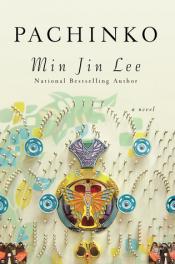
Richly told and profoundly moving, Pachinko is a story of love, sacrifice, ambition, and loyalty. From bustling street markets to the halls of Japan's finest universities to the pachinko parlors of the criminal underworld, Lee's complex and passionate characters—strong, stubborn women, devoted sisters and sons, fathers shaken by moral crisis—survive and thrive against the indifferent arc of history.
The Stolen Child by Lisa Carey
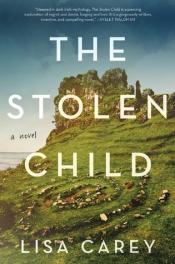
Brigid has come for more than an inheritance. She’s seeking a secret holy well that’s rumored to grant miracles. Emer, as scarred and wary as Rose is friendly and beautiful, has good reason to believe in inexplicable powers. Despite her own strange abilities—or perhaps because of them—Emer fears that she won’t be able to save her young son, Niall, from a growing threat. Yet Brigid has a gift too, even more remarkable than Emer’s. As months pass and Brigid carves out a place on the island and in the sisters’ lives, a complicated web of betrayal, fear, and desire culminates in one shocking night that will change the island, and its inhabitants, forever.
Steeped in Irish history and lore, The Stolen Child is a mesmerizing descent into old world beliefs, and a captivating exploration of desire, myth, motherhood, and love in all its forms.
